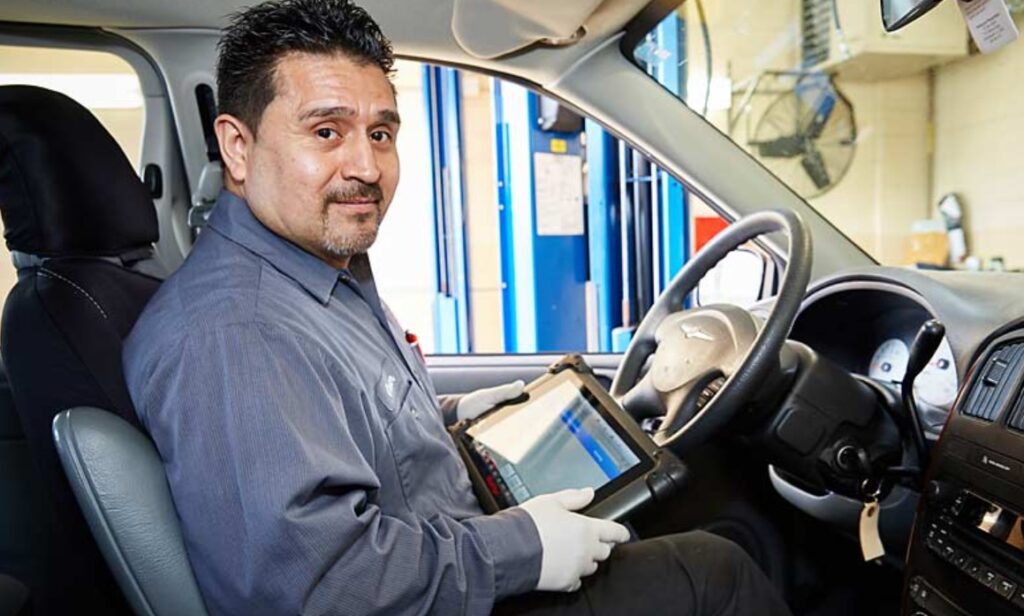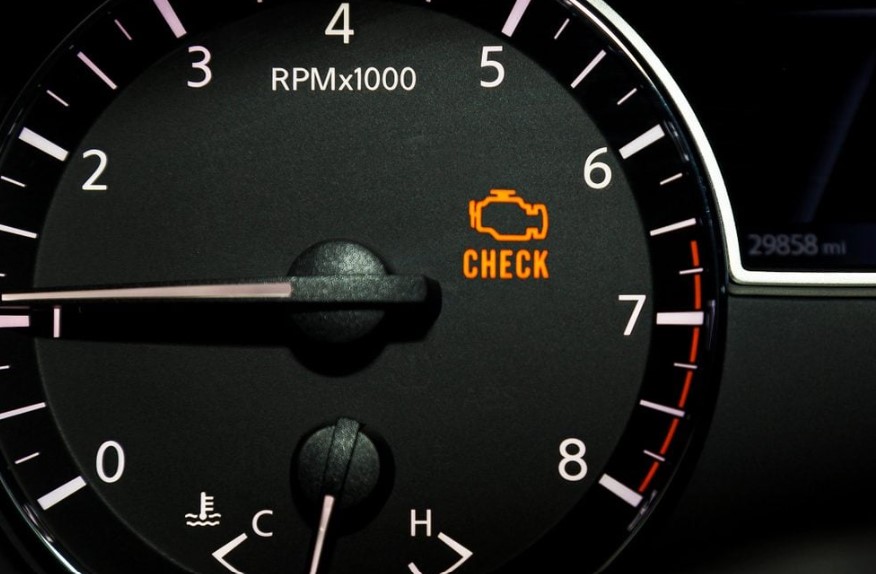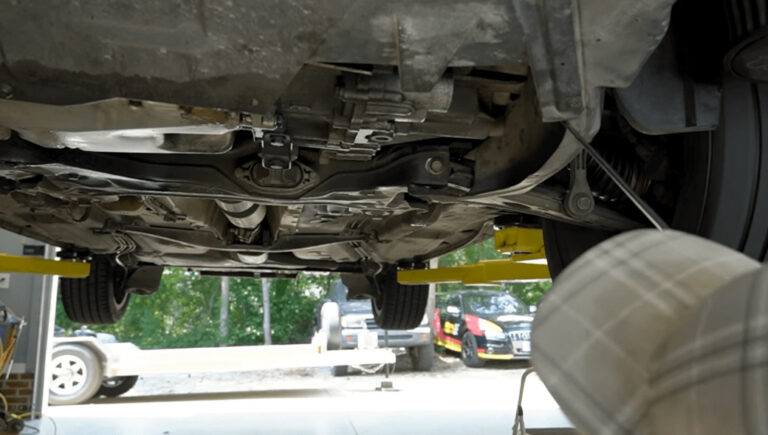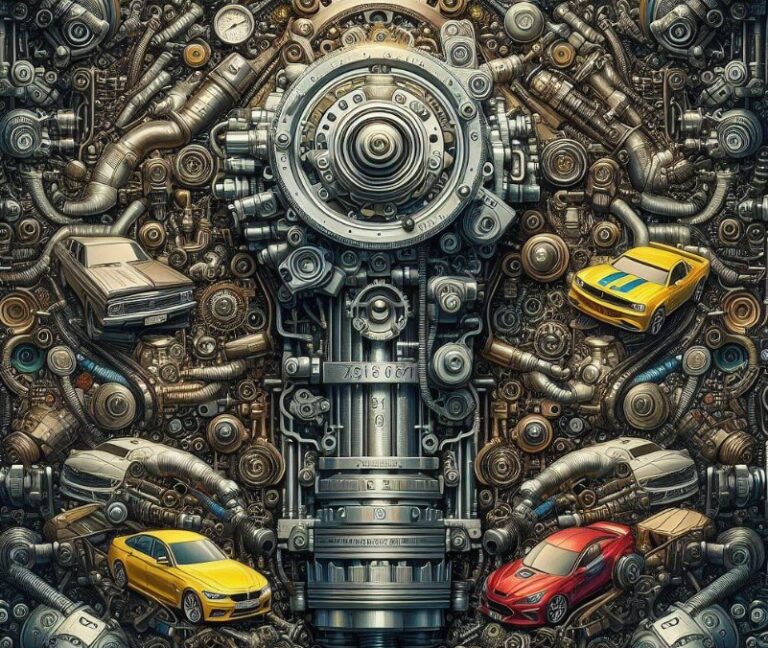Can You Fail Emissions With No Check Engine Light? Answered
The question, “Can You Fail Emissions With No Check Engine Light?” is a common concern for vehicle owners. The answer is both intriguing and important for maintaining your vehicle’s health and environmental compliance. While the check engine light (CEL) is a primary indicator of vehicle malfunctions, it’s not the sole predictor of emission test failures.
Key Takeaways
- Vehicles can fail emissions tests without the check engine light being on.
- Emission failures can be due to a variety of factors, including malfunctioning components not detected by the CEL.
- Regular maintenance and pre-emission testing can reduce the chances of failure.
Can You Fail Emissions With No Check Engine Light?
Yes, you can fail an emissions test even if the Check Engine Light is not on. There are issues, such as minor leaks in the emission control system or problems with emission-related components, that might not trigger the Check Engine Light but can still cause an emissions test failure.

Understanding Emissions Testing
Emissions testing is crucial for ensuring that vehicles meet environmental standards set by regulatory bodies. This process involves checking the levels of various pollutants released by your vehicle. A failure in this test can often be surprising, especially if your check engine light is not illuminated.
The Role of the Check Engine Light
The check engine light is a part of the vehicle’s onboard diagnostics system (OBD-II), introduced in the 1990s. It illuminates when the system detects a malfunction that could affect the vehicle’s emission control systems. However, not all issues related to emissions trigger the CEL.
Common Causes for Emission Test Failure
- Faulty Oxygen Sensors: They monitor the amount of oxygen in the exhaust and help maintain a proper air-fuel mixture. If they malfunction, they might not trigger the CEL but can lead to emission test failure.
- Worn Spark Plugs: While they may not immediately activate the CEL, worn spark plugs can affect engine performance and emissions.
- Catalytic Converter Issues: A failing catalytic converter can slip under the radar of the CEL but is a common cause of emission failures.
Preventative Measures and Regular Maintenance
Taking proactive steps can greatly reduce the likelihood of failing an emissions test. Regular maintenance is key, as it can identify and rectify issues before they become significant problems.

Recommended Maintenance Practices
- Regular Check-Ups: Schedule regular vehicle inspections, especially before an emissions test.
- Oxygen Sensor Replacement: Replace oxygen sensors as recommended by your vehicle’s manufacturer.
- Spark Plug Maintenance: Ensure that spark plugs are in good condition and replace them as necessary.
The Myth of the Check Engine Light
There’s a common misconception that if the check engine light isn’t on, your vehicle is in perfect health. This is not always the case, especially concerning emissions. The CEL is a great tool but isn’t all-encompassing in diagnosing vehicle health.
Limitations of the Check Engine Light
- Delayed Response: Sometimes, the CEL may take time to illuminate, even with existing issues.
- Non-Emission Related Triggers: The CEL can be triggered by a variety of issues, not all of which are related to emissions.
Advanced Diagnostics and Emission Control Systems
Understanding the advanced diagnostic systems in modern vehicles is essential. These systems are sophisticated and can detect a myriad of issues, but they have their limitations.

OBD-II and Its Capabilities
- Real-Time Monitoring: OBD-II systems provide real-time monitoring of various vehicle functions.
- Code Reading: They can generate specific codes that help in diagnosing issues.
Factors Influencing Emission Test Results
Several factors can affect the outcome of an emission test. Understanding these can help in better preparing for the test and addressing potential issues.
Influential Factors
- Vehicle Age: Older vehicles may have more wear and tear, affecting emission levels.
- Driving Habits: Aggressive driving can negatively impact emission levels.
- Fuel Quality: Lower-quality fuel can lead to higher emissions.
Does Check Engine Light Have To Do With Emissions?
Yes, the Check Engine Light (CEL) is often closely related to emissions. The CEL, part of the vehicle’s onboard diagnostics system (OBD-II), illuminates when it detects a problem that could impact the vehicle’s emission control systems.

This includes issues like a malfunctioning oxygen sensor, catalytic converter, or even a loose fuel cap. While not all problems detected by the CEL are emissions-related, a significant number are, as the system is designed to monitor and regulate the vehicle’s emission levels to meet environmental standards.
Can A Car Be Diagnosed Without Check Engine Light?
Diagnosing car problems without the Check Engine Light (CEL) being on is possible, but it can be more challenging. Modern vehicles have sophisticated systems that monitor various aspects of operation, but the CEL primarily indicates issues that could impact emissions or engine performance. Mechanics can use other diagnostic tools and techniques to identify problems.

These include physical inspections, using a diagnostic scanner to read the OBD-II system for any stored but non-illuminating codes, and monitoring the vehicle’s performance. It’s important to note that some issues may not trigger the CEL but can still be detected through these methods.
Can You Fail Smog Without Check Engine Light?
It is possible to fail a smog test without the Check Engine Light (CEL) being on. The CEL alerts drivers to specific issues detected by the vehicle’s onboard diagnostics system, many of which are emissions-related.
However, not all problems that can cause a vehicle to fail an emissions test will trigger the CEL. For instance, minor leaks or malfunctions in the emission control system, which do not meet the threshold for triggering the CEL, might still cause an emissions failure.
Additionally, issues like a slightly misaligned fuel cap or minor problems in the evaporative emission control system can lead to failure in the absence of a CEL indication.
Conclusion
In conclusion, it’s entirely possible to fail an emissions test even if your “Can You Fail Emissions With No Check Engine Light?” query doesn’t light up. This scenario underscores the importance of regular vehicle maintenance and understanding the limitations of the check engine light.
By being proactive and aware of your vehicle’s health, you can ensure compliance with emission standards and contribute to a cleaner environment. Remember, the check engine light is a helpful tool, but it’s not the sole indicator of your vehicle’s emission status.
Top FAQ’s
Does driving style affect emissions?
Yes, driving style can significantly affect a vehicle’s emissions. Aggressive driving, like rapid acceleration and heavy braking, can increase fuel consumption and emissions. Adopting a smoother driving style can help reduce emissions and improve fuel efficiency.
Can a faulty fuel cap cause a failed emissions test?
Yes, a faulty or loose fuel cap can cause a failed emissions test. It can lead to fuel vapors leaking into the atmosphere, which is a violation of emissions standards. Replacing or properly securing the fuel cap can often resolve this issue.
What should I do if my car fails the emissions test?
If your car fails the emissions test, the first step is to understand the reason for the failure. Address the specific issues identified during the test, which might involve repairs or replacements of certain parts. After the repairs, the vehicle will need to be retested.
Can regular maintenance prevent emission test failure?
Yes, regular maintenance can significantly reduce the likelihood of failing an emissions test. Routine checks can identify and fix issues like worn spark plugs, aging oxygen sensors, or a failing catalytic converter before they lead to a failed test.
How often should a vehicle undergo emissions testing?
The frequency of emissions testing varies based on local regulations and the age of the vehicle. Generally, newer vehicles are required to be tested less frequently than older ones. Checking with local vehicle registration or environmental agencies for specific guidelines is recommended.

Welcome to the exhilarating world of Matt Rex, a professional car racer turned renowned vehicle enthusiast. Immerse yourself in his captivating blog as he shares heart-pounding adventures, expert reviews, and valuable insights on cars, trucks, jets, and more. Fuel your passion for speed and discover the beauty of vehicles through Matt’s engaging stories and meticulous expertise. Join the ever-growing community of enthusiasts who find inspiration and expert advice in Matt Rex’s blog—a digital hub where the thrill of speed meets the pursuit of knowledge.





![1995 Polaris SLT 750 Problems [All You Need To Know]](https://www.turbochaos.com/wp-content/uploads/2023/07/1995-Polaris-SLT-750-Problems-768x512.jpg)

